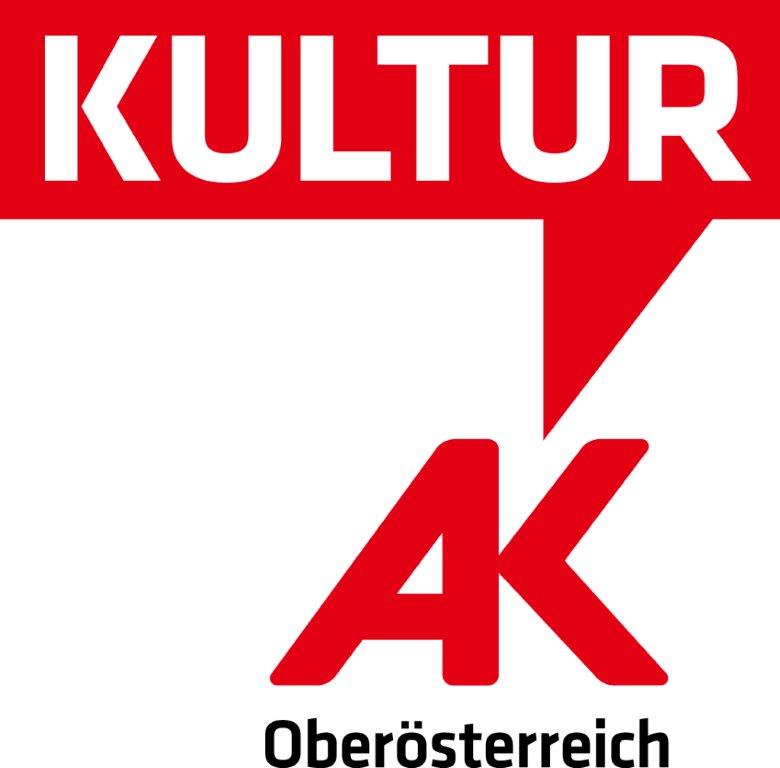
On November 29th of 2022 we got a WhatsApp message with a large batch of images of the decommissioned Lungitz train station as a potential site. Most of the images we received looked like you’d expect, empty spaces filled with traces of the past here and there. However, in one image though, there were about twenty to thirty bags filled with gray dirt and stones pushed into the corner of a small room. The message mentioned that these bags were filled with leftover material from excavations of the train tracks where human remains possibly dating back to the Second World War had been found.
In 2018, this obscured past caught up to the present when a skeleton was discovered buried beneath the tracks of the Lungitz train station. The skeleton was dated back to the early Middle Ages, but during the excavation process, a layer of ash was uncovered. Due to the train line’s proximity to the Mauthausen and Gusen concentration camps, it was suspected that the ashes were from the nearby concentration camps. Renovations were then halted and a team of archeologists found that the chemical composition of the ash was identical to those from the nearby crematoria at the Mauthausen concentration camp. The ash was separated from the residue of the cremation process (slag) and buried next to the Gusen III concentration camp memorial stone in a commemorative grave. During the process of sifting and separating the ashes, a large amount of slag was left behind. Some of it was transported offsite and some, as we found out via that WhatsApp message, was left behind in a room at the Lungitz train station. Even though the slag was interwoven with the ash, scientifically it was deemed to be irrelevant for the grave because it doesn’t show any traces of human remains in its chemical makeup. Nevertheless, the slag was diligently bagged and tagged with labels, making it clear that it was politically delicate.
Faced with this discovery, the site, building, and its meaning completely changed. Up until that point, our conversations had concentrated on how memory is something that’s active, how it has to be continually worked at and renewed, how it needs to be given away over and over again to remain visible, and how it can be non-competitive. But the discovery of the bags of historic “leftovers” placed the Lungitz train station at the center of the violence and trauma of the site. What do you do with an artifact of such extreme violence? Do you try to transform it, relocate it, or move it into a spotlight? Seventy-seven years after the end of the Second World War, the train station had become an accidental monument to the Gusen III concentration camp, but its monumentality remained hidden from view. To explore how multiple directions of time, identity, and history could come into contact with each other, we decided to bring together a group of artists and historians from a diverse range of backgrounds to collectively search for and propose new forms of public engagement around this site. In this context, “giveaways” were commissioned and used as a strategy to create a shared responsibility for distributing what was hidden and as a way to actively participate in its ongoing narrative.
Concept: Antoine Turillon, Seth Weiner
Participating Artists: Brishty Alam, Abdul Sharif Oluwafemi Baruwa, Flo Karl Berger, Marc Alexandre Dumoulin, Baptiste El Baz, Julia S. Goodman, Edgar Lessig, Morusiewicz / Maggessi, Stephanie Misa, Johanna Tinzl, Antoine Turillon, Rosabel Rosalind, Anna Weberberger, Seth Weiner
Thanks to: Andrea Wahl, Andreas Haider, Annalise Podor, Felix Vierlinger, Fina Esslinger, Judith Pirkelbauer, Laura Rumpl, Otto Tremetzberger, Tomiris Dmitrievskikh, Wolgang Schmutz, FdR-Team
Impressions
CV
Antoine Turillon and Seth Weiner got to know each other in 2017 through their mutual interest in contemporary art education and have been working together since then in various different place specific projects and educational experiments. As neither of them have given up that hope that art has the ability to initiate change, they are constantly searching for settings and processes that offer space for action and reflection.

